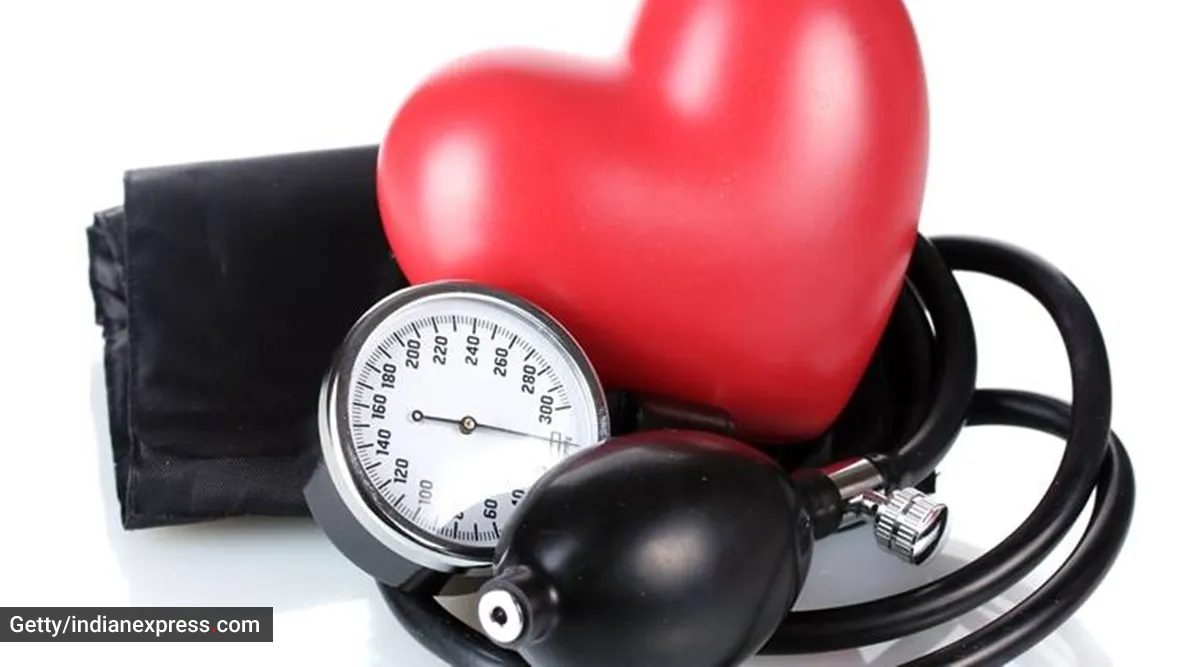Here are some of the signs and symptoms that determine a critical patient's vital condition

Haemodynamic stability is the medical term used to describe a stable blood flow. If a person is hemodynamically stable, it means that he/she has a stable pumping heart and good circulation of blood. On the other hand, hemodynamic instability is defined as any instability in blood pressure which can lead to inadequate blood flow to organs. This is also when the need for physiological and mechanical support arises, so that the patient gets adequate cardiac input and output or blood pressure.
Abnormal hemodynamic parameters include irregularities in heart rate, blood pressure, cardiac output, central venous pressure, and pulmonary artery pressure.
Following are some signs and symptoms of hemodynamic instability
Shortness of breath, pulmonary congestion, decreased urine output, hypotension, abnormal heart rate, alternative consciousness (restlessness, loss of consciousness, confusion) and chest pain.
Diagnosis
Much like any other diagnosis, clinical examination plays a key role in the diagnosis of hemodynamic instability. A patient’s vital signs like respiratory rate, pulse, blood pressure, urine output, organ perfusion, toe-temperature gradient, and capillary refill time are checked. Complications like hemorrhage, thrombosis, pulmonary embolism, and arterial spasm may occur at times.
Pulse is the first sign to indicate hemodynamic instability. “Alterations in pulse may provide a first indication that a patient is developing hemodynamic instability. While many factors may influence the pulse rate, including fever, exercise, medications, and thyroid hormone status, a high pulse rate is often a sign of high levels of endogenous catecholamines, blood loss or dehydration,” as per 2010-study Clinical Assessment of Hemodynamically Unstable Patients published in National Center for Biotechnology Information (NCBI).

Blood pressure and mean arterial pressure are the appropriate indicators for instability as adequate blood pressure is necessary to regulate blood flow to organs such as the brain and kidney.
Extreme body temperature may also indicate severe instability.
Hence, critically ill patients need to be continuously monitored to avoid complications due to hemodynamic instability.
For more lifestyle news, follow us: Twitter: lifestyle_ie | Facebook: IE Lifestyle | Instagram: ie_lifestyle
? The Indian Express is now on Telegram. Click here to join our channel (@indianexpress) and stay updated with the latest headlines
For all the latest Lifestyle News, download Indian Express App.
Source: Read Full Article



